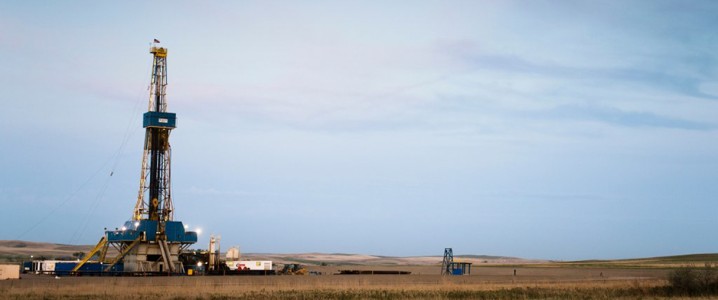U.S. crude oil production hit a new monthly record in May 2025, averaging 13.488 million barrels per day (bpd), according to new EIA data released Thursday. That’s a modest 0.2% rise from April’s 13.464 million bpd, but a respectable 2.2% increase year-over-year.
The biggest contributor remains Texas, which churned out 5.752 million bpd, up from 5.751 million bpd in April. New Mexico, home to part of the prolific Permian Basin, saw production tick up to 2.199 million bpd, a marginal 0.1% month-on-month rise but a robust 8.9% jump compared to May 2024.
Federal Offshore Gulf of Mexico output posted a solid 2.7% increase, reaching 1.849 million bpd, while North Dakota production slipped 3.9% to 1.111 million bpd—continuing a broader trend of softness in Bakken output.
Other notable moves:
Colorado rose 3.7% to 465,000 bpd.Ohio jumped 2.2% to 142,000 bpd—up nearly 50% year-on-year.California fell to 262,000 bpd, a 2.7% decline month-on-month and a steep 9.3% year-on-year drop.Wyoming dipped 2.5% to 291,000 bpd.
Smaller producers like Pennsylvania (+48.2%) and Kentucky (+33.9%) saw large percentage gains, albeit from low baselines.
Despite the modest national growth rate, the total marks the highest monthly average ever recorded for U.S. crude production, surpassing the previous record of 13.450 million bpd set in October 2024.
The data also confirms that the U.S. remains on a steady output plateau, with gains increasingly concentrated in just a few states—particularly those with access to robust infrastructure and capital-intensive drilling programs.
National output gains are also masking growing divergence between producing regions. While states like Texas and New Mexico are seeing steady growth, others—particularly legacy regions like California, Alaska, and Louisiana—continue to lose ground. California, for example, has shed nearly 10% of its output year-on-year amid tightening regulations and declining well productivity. That regional divide is becoming more important as infrastructure, political support, and investor appetite concentrate around fewer basins.
Whether production continues to climb may hinge on prices, federal policy, and rising demand signals from AI data centers and global LNG developments.
By Julianne Geiger for Oilprice.com
More Top Reads From Oilprice.com

